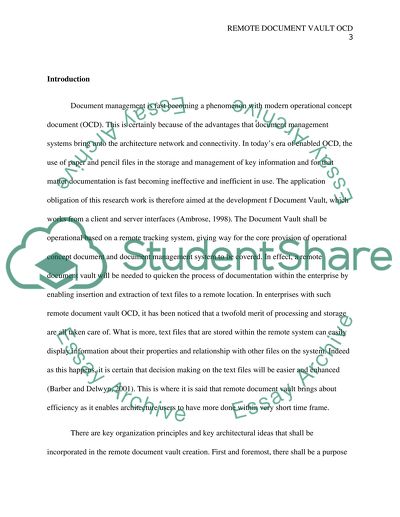Cite this document
(“Remote Document Vault OCD (Operational Concept Document) Essay”, n.d.)
Retrieved from https://studentshare.org/information-technology/1488475-remote-document-vault-ocd-operational-concept
Retrieved from https://studentshare.org/information-technology/1488475-remote-document-vault-ocd-operational-concept
(Remote Document Vault OCD (Operational Concept Document) Essay)
https://studentshare.org/information-technology/1488475-remote-document-vault-ocd-operational-concept.
https://studentshare.org/information-technology/1488475-remote-document-vault-ocd-operational-concept.
“Remote Document Vault OCD (Operational Concept Document) Essay”, n.d. https://studentshare.org/information-technology/1488475-remote-document-vault-ocd-operational-concept.


